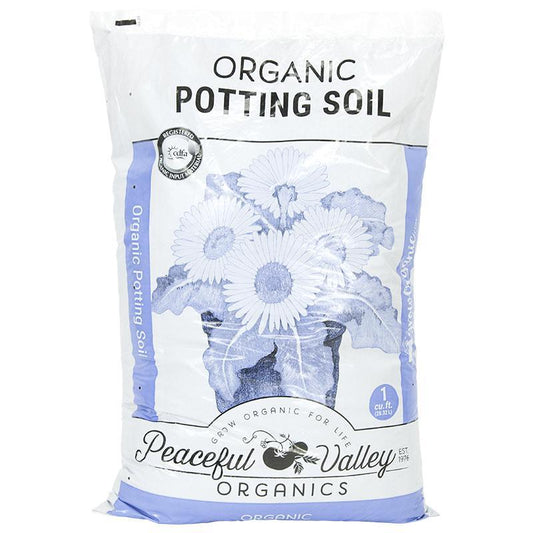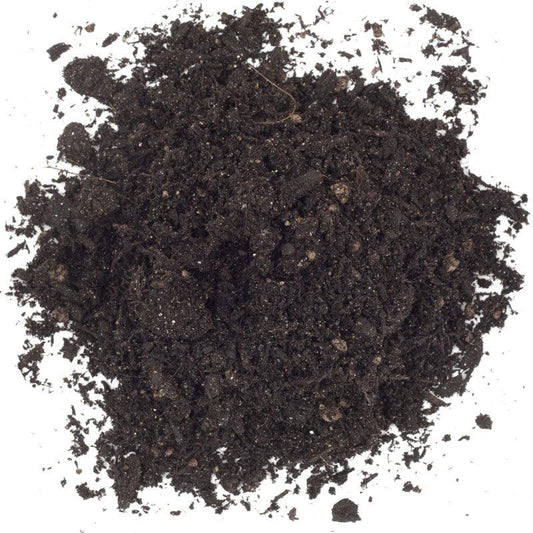In this video, Tricia shares her tips for planting and growing potatoes.
How to Plant and Harvest Potatoes in Your Backyard
Planting potatoes in your backyard offers numerous benefits, from growing rare and expensive varieties to enjoying a year-round harvest in the right climate. Whether you’re a seasoned gardener or a beginner, growing potatoes is both rewarding and straightforward.
Why Grow Your Own Potatoes?
Growing your own potatoes allows you to cultivate varieties that are hard to find or expensive at the store. You also have control over the planting and harvesting schedule, which means you can enjoy fresh potatoes almost any time of year, especially if you live in mild climates.
Start with Certified Seed Potatoes
Always use certified seed potatoes rather than grocery store potatoes. Grocery store potatoes may not be disease-free and are often treated to prevent sprouting. Seed potatoes come with “eyes,” which are the sprouts that grow into plants.
- Preparation: Cut large potatoes into chunks, ensuring each piece has one to two eyes. Leave small potatoes, like fingerlings, whole.
- Callusing: Lay the pieces in a well-ventilated area for a few days until they develop a callus to prevent rot during planting.
When and How to Plant
- Timing: Plant potatoes about four weeks before the last frost, once the soil reaches at least 40°F. For fall planting, protect them with a thick mulch after the first frost.
- Soil: Potatoes thrive in sandy loam soil with a low pH. Amend the soil with compost and an acidic fertilizer.
Planting in Pots or Garden Beds
- In Pots: Use Smart Pots or similar containers. Each potato requires about three gallons of soil, so a 15-gallon pot can hold five potatoes. Fill the pot one-third with a mix of compost and potting soil.
- In Garden Beds: Dig an 8-inch trench and plant potatoes 8–9 inches apart in rows spaced 3 feet apart. Cover with 4 inches of soil and mulch heavily to retain moisture and protect from frost.
Caring for Your Potatoes
- Hilling: As plants grow to 4–6 inches tall, add more soil or mulch around the stems to prevent sunlight from reaching the tubers. This avoids green potatoes, which contain toxic solanine.
- Watering: Keep the soil evenly moist but avoid overwatering, which can lead to rot.
Harvesting and Storing Potatoes
- Early Harvest: You can harvest potatoes anytime after the plants flower, but they are best used fresh.
- For Storage: Allow the vines to die back naturally or cut them down after frost. Leave the bed unwatered for two weeks to let the skins harden. Use your hands to gently dig out the potatoes, avoiding sharp tools.
- Curing: Let the potatoes dry in a cool, dark place for a couple of days before storing them for the winter.
Expand Your Potato Varieties
Potatoes originated in South America, where over 8,000 varieties exist. Experiment with different types to expand your culinary options beyond the common Idaho Russet.
With these tips, you’ll enjoy fresh, flavorful potatoes from your backyard while connecting with an ancient crop that has nourished civilizations for centuries. Grow organic for life!
Conclusion
This video demonstrates that with the right basics—selecting certified seed potatoes, preparing soil well, planting at the right time, using proper spacing and hilling, and managing water and light—you can grow potatoes successfully whether in garden beds or containers. The clarity around how to harvest, cure, and store your potato crops helps ensure you get flavorful, well‑preserved tubers.
If you’re serious about starting your potato garden, be sure to explore our full collection of seed potatoes for sale for tried and true varieties, or choose from our certified organic line in the organic seed potatoes for sale collection for a spring planting that's both sustainable and reliable.
🥔 Resource Area: How to Plant and Harvest Potatoes in Your Backyard
Planting your own potatoes gives you access to rare varieties, year-round harvests in the right climate, and the satisfaction of growing a nutritious staple at home. Whether you’re planting in raised beds or containers, these resources will guide you through the entire process—from selecting seed potatoes to long-term storage and recipes.
- 📽️ Complete Potato Growing Guide (Step-by-Step)
Get the full scoop on how to plant, grow, and harvest potatoes with this comprehensive guide. It covers soil prep, seed potato selection, spacing, hilling, watering, and more. - 🌿 Grow Bigger, Healthier Potatoes
Learn how to amend your soil and apply the right nutrients for a more productive potato crop. This article covers compost, pH, fertilizers, and irrigation tips. - 🪴 The Art of Potato Towers
Maximize your potato harvest by growing vertically! This resource explains how to build and maintain potato towers—perfect for gardeners with limited space. - 🌱 Maximizing Small-Space Potato Yields
Container gardening? Learn how to grow potatoes efficiently in pots or Smart Pots, including tips for soil volume, placement, and sunlight needs. - 🌦️ Tips for Growing Potatoes in the Pacific Northwest
Wet-weather gardeners will appreciate this regional guide focused on timing, blight prevention, and soil management for PNW conditions. - ⏳ Perfect Timing for Potato Harvest
Know when your potatoes are ready for harvest and how to cure and store them properly. This article helps you avoid common mistakes that can affect shelf life and flavor. - 🍽️ Creative Potato Recipes Inspired by Oregon’s Organic Farms
Once you’ve harvested your crop, explore delicious ways to prepare your potatoes with this farm-to-table recipe collection. - 🛒 Shop Certified Seed Potatoes
Choose from a wide selection of organic and heirloom seed potatoes, perfect for home gardeners looking to try new and exciting varieties.
This curated resource page is your all-in-one hub for growing potatoes successfully at home. Whether you’re aiming for a high yield in a tiny space or experimenting with rare potato types, these expert resources will help you every step of the way.



